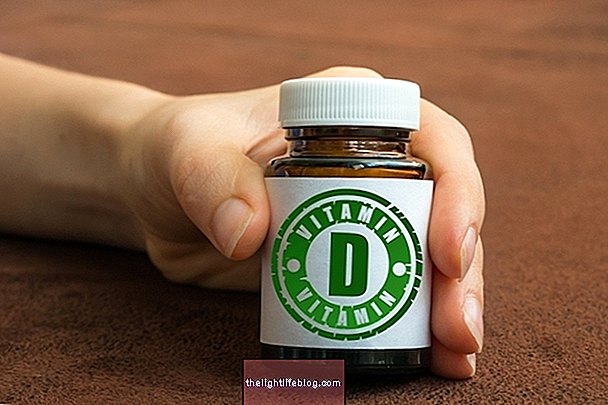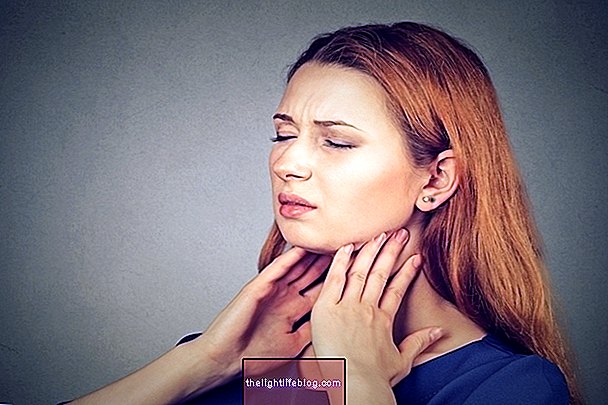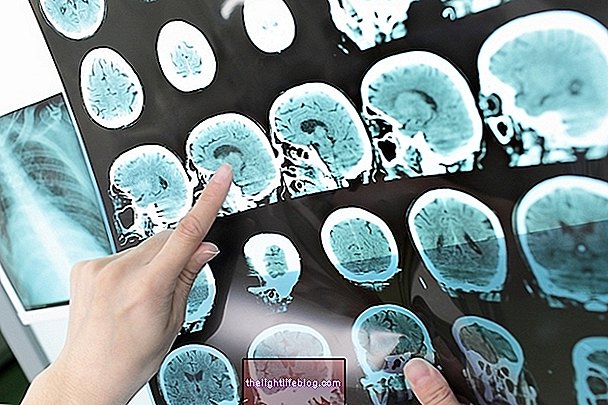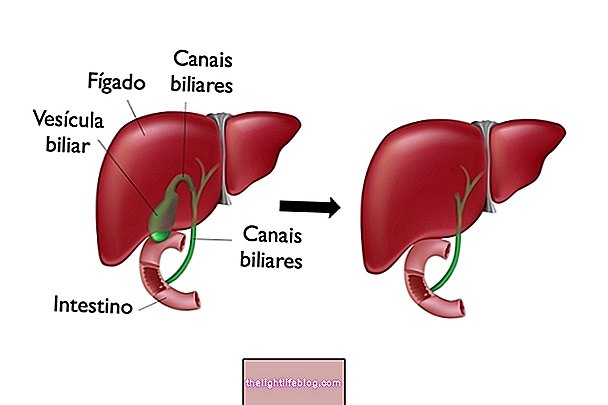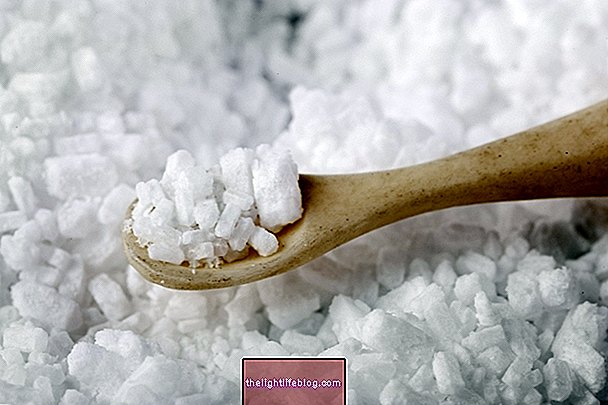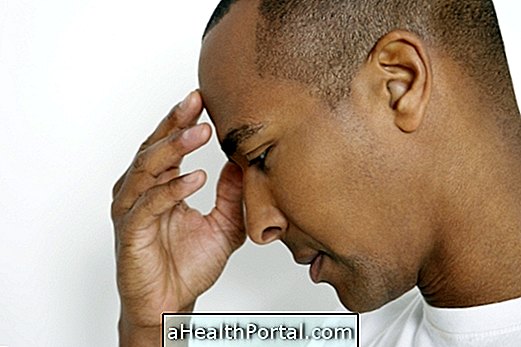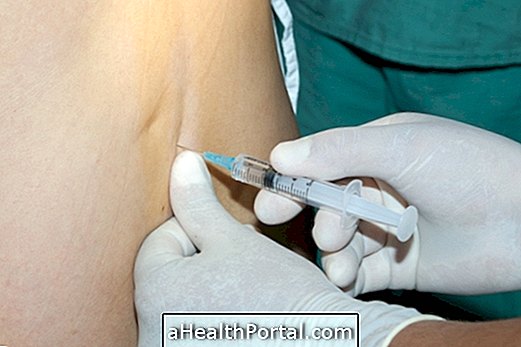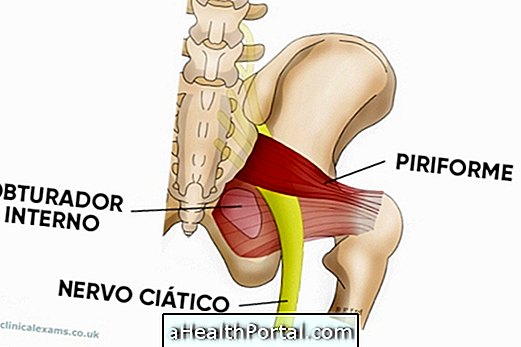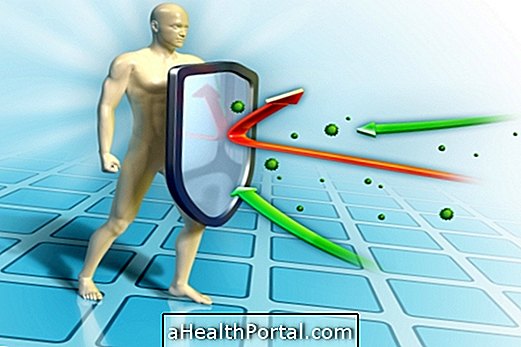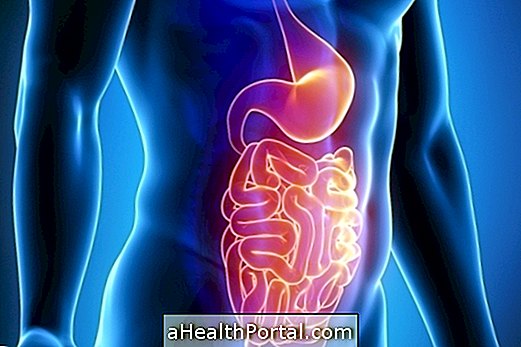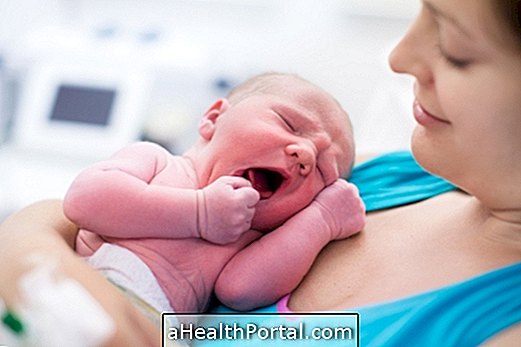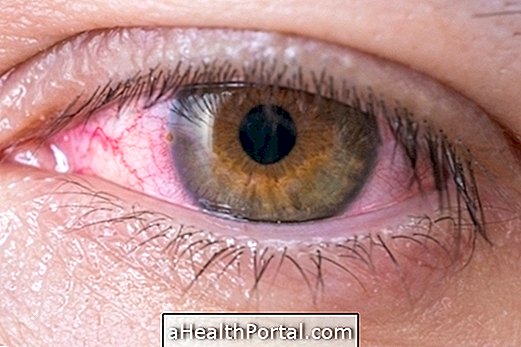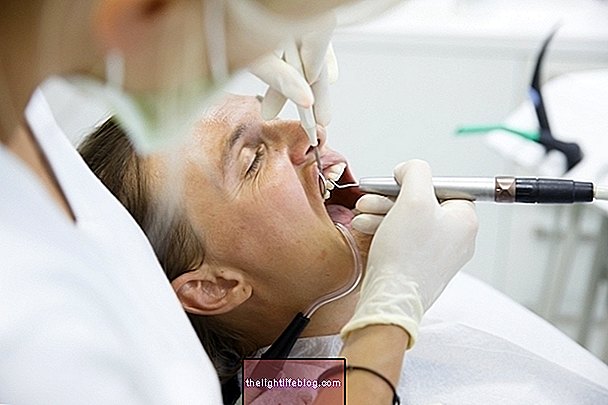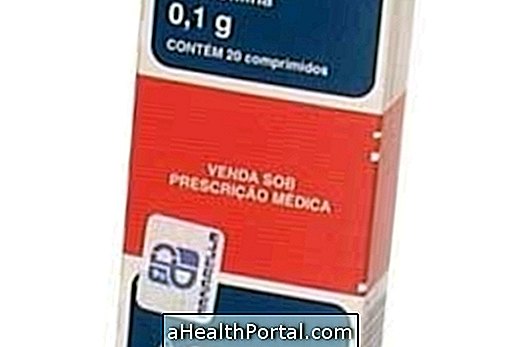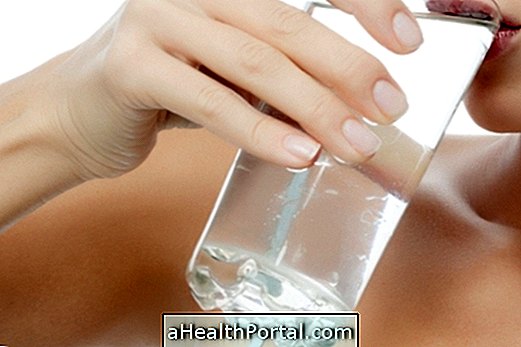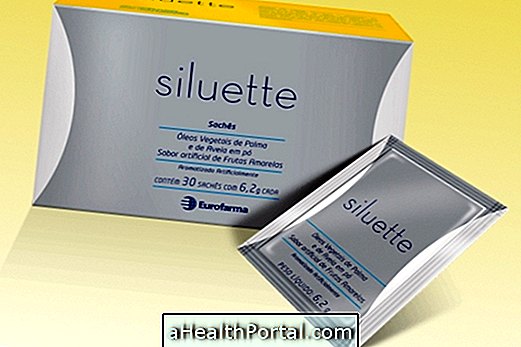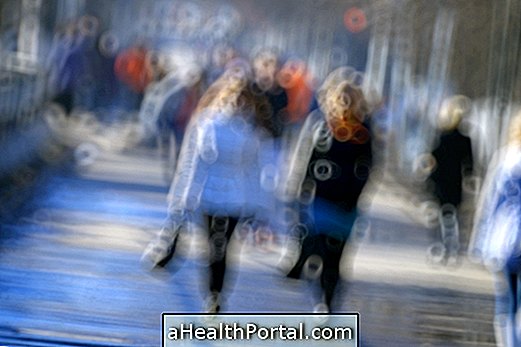Bladder infection, also known as cystitis, is usually caused by bacteria, which enter the urethra and multiply, due to an imbalance of the genital microbiota, reaching the bladder and causing signs and symptoms such as irritation, inflammation and frequent urge to urinate.
In most cases, treatment consists of the administration of antibiotics, analgesics and anti-inflammatory drugs, and remedies may also be recommended to prevent a recurrence, especially in people who often have urinary infections.

What are the symptoms
Some of the most common symptoms that can appear during an episode of bladder infection are:
- Frequent desire to urinate, which persists even after emptying the bladder;
- Irritation of the urethra;
- Cloudy and smelly urine;
- Presence of blood in the urine;
- Abdominal pain and feeling of heaviness in the bladder;
- Discomfort during sexual intercourse.
In some cases, the person may also have a low-grade fever. Learn how to identify the symptoms of a urinary tract infection using our online test.
Possible causes
Bladder infections generally result from changes in the balance of the genital microbiota, which favors the proliferation of microorganisms naturally found in the body or outside.
The microbiota corresponds to the set of microorganisms naturally present in the organism and its balance may suffer interference from factors, such as incorrect intimate hygiene, holding pee for a long time, practicing sexual intercourse without a condom, drinking little water during the day, using certain medications or presence of chronic diseases, for example.
Learn about other risk factors that can lead to imbalance in the genital microbiota.
How the treatment is done
Generally, treatment consists of the administration of antibiotics, such as nitrofurantoin, fosfomycin, sulfamethoxazole + trimethoprim, ciprofloxacin, levofloxacin or penicillins and their derivatives, which should only be used when recommended by the doctor.
In addition, an analgesic and / or an antispasmodic can also be recommended to relieve unpleasant symptoms such as pain and burning when urinating, or a feeling of heaviness in the bladder, such as flavoxate (Urispas), scopolamine (Buscopan and Tropinal) and hyoscyamine (Tropinal), which are remedies that alleviate all these symptoms associated with the urinary tract.
How to prevent a recurrence
There are simple gestures that can prevent the emergence of new urinary infections, such as drinking water frequently, using a condom and urinating right after intercourse, adopting good hygiene habits, cleaning from front to back when going to the bathroom, and avoiding using it. irritating products.
In addition, there are dietary supplements that can also help prevent a recurrence, which contain red cranberry extract, known ascranberry,which may be associated with other components, which act by preventing bacteria from adhering to the urinary tract and by extinguishing the genital region's microbiota, creating an adverse environment for the development of urinary infections.
There is also an oral vaccine, called Uro-Vaxom, which contains components extracted fromEscherichia coli, which works by stimulating the body's natural defenses against urinary tract infections.
Watch the following video and also know what to eat to complement the treatment of bladder infection:

Was this information helpful?
Yes No
Your opinion is important! Write here how we can improve our text:
Any questions? Click here to be answered.
Email in which you want to receive a reply:
Check the confirmation email we sent you.
Your name:
Reason for visit:
--- Choose your reason --- DiseaseLive betterHelp another personGain knowledge
Are you a health professional?
NoMedicalPharmaceuticalsNurseNutritionistBiomedicalPhysiotherapistBeauticianOther
Bibliography
- RODRIGUES, Andrea Moura et. al .. Bladder pain syndrome / interstitial cystitis: current aspects. FEMALE. Vol.29. 6.ed; 327-334, 2011
- UNCOMPLICATED CYSTITIS IN WOMEN. Clinical Practice Guide. 2018. Available at:. Accessed on 26 May 2020
- MEDIUM AVE HOSPITAL CENTER. Interstitial Cystitis and Painful Bladder Syndrome. 2017. Available at:. Accessed on 19 May 2020
